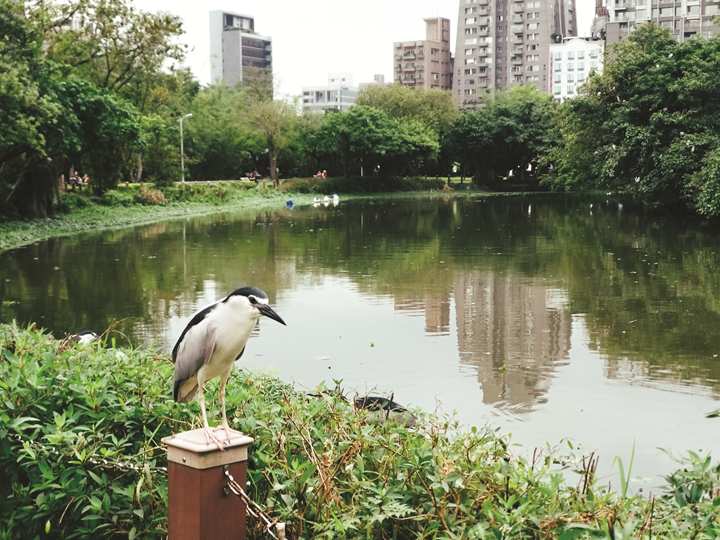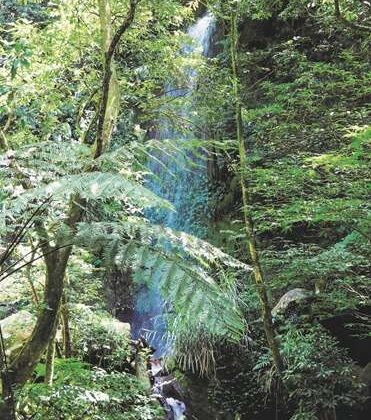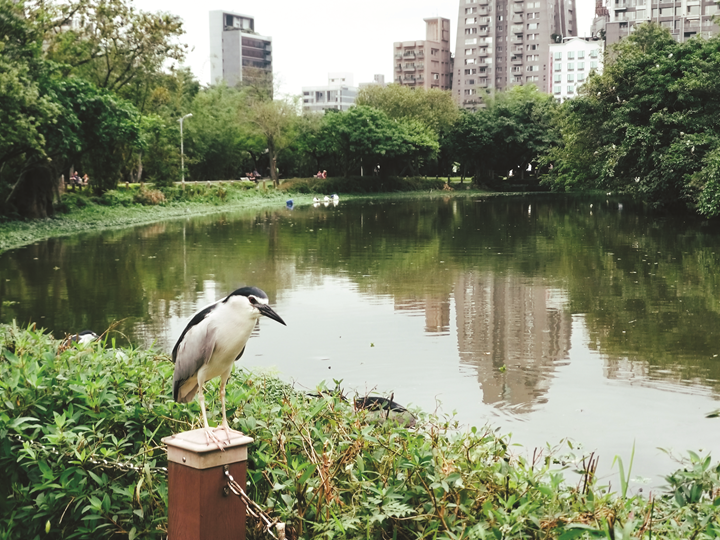
Outdoorsy people typically like to partake of activities such as hiking, biking, swimming and surfing. In Taipei, there is one more choice they can add to that list — birdwatching.
“Birdwatching is the most rewarding outdoor activity one can enjoy in both the city and the wild,” says Cheng-cai Chiu (邱盛材), a life-long bird photographer based in Taipei. “You can do it in the mountains, in the parks, or even from the window in your house!”
According to Chiu, Taipei’s superb ecosystem and perfect landscape creates natural habitats for birds, and the weather in autumn could not be more suitable for birding. Starting from September, winter migrants set off on their journey south to find suitable foraging habitats due to seasonal changes. With Taiwan being a mid-trip supply station (or destination, for some birds), all kinds of birds stop by or nest at habitable places such as Guandu (關渡) or Yangmingshan, making Taipei a dreamland for birdwatchers.
As time rolls into migration season, we put together a birding guide with the help of Chiu for you to start your own birdwatching journey. “Expect the unexpected, accept the unacceptable,” Chiu also points out, highlighting the mindset any good birdwatcher should have.
As the weather and birds are both unpredictable, it is not 100% guaranteed that you will see what you want to see. On the other hand, there’s always the chance of spotting a rare find. “At the end of the day, it will always be a relaxing day in the wild,” Chiu says.
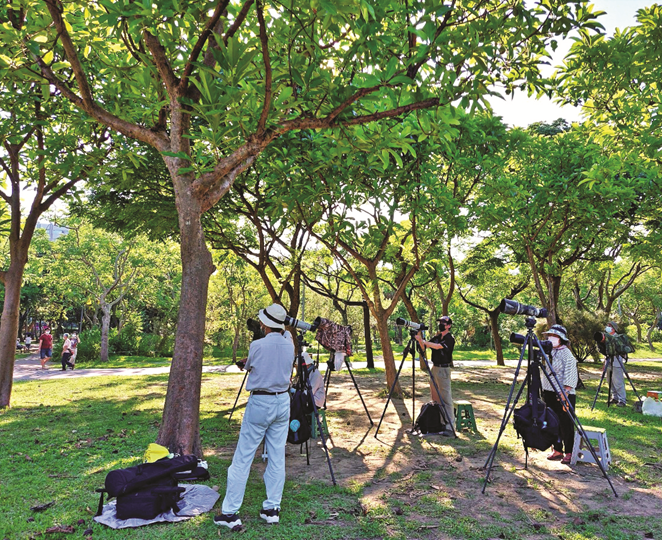
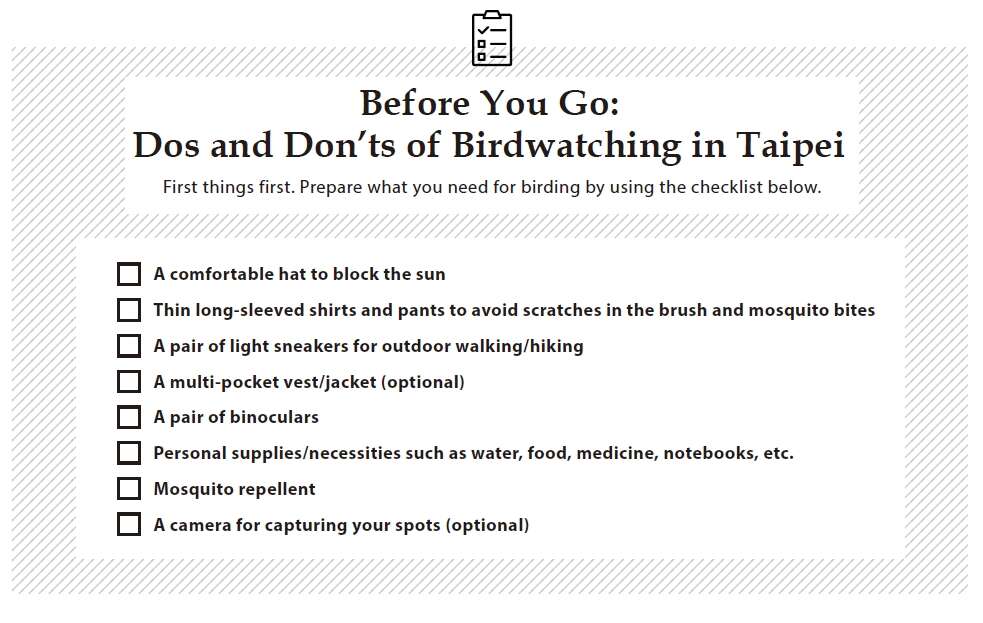
Most importantly, always follow the principle of “Leave No Trace (無痕山林)” — take nothing but photos, leave nothing but footprints. Chiu also suggests wearing shirts with earth-tone colors to blend in with the environment and lower the possibility of startling the birds. When birding with friends, lower your voice and slow your movements to avoid disturbing any woodland creatures. If you’re mentally and physically prepared, let the journey begin!
The Autumn Birdwatching List
Migratory birds are always the highlight of birdwatching in autumn. Chiu also graciously provides us with some suggestions on the endemic species in Taiwan that should also be added to the rare bird list of any true bird lover.
Chiu’s Top Winter Migrant Selects
Black-faced Spoonbill 黑面琵鷺
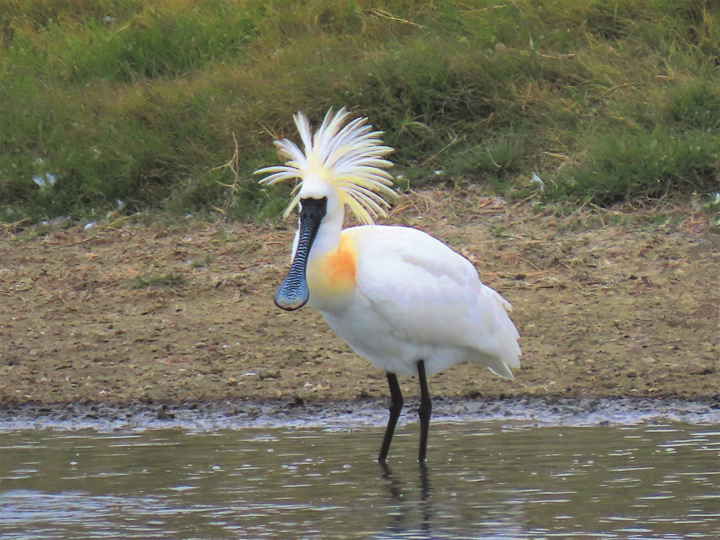
Being nearly extinct in the wild, the Black-faced Spoonbill is considered an icon when it comes to birdwatching in Taiwan. As the name suggests, they are covered with bare and black spots from their foreheads to their long, spoon-shaped beaks. Like any waterbird, they enjoy habitats such as wetlands or fish ponds, which makes Guandu Nature Park (關渡自然公園) a great spot for them to take a rest in Taipei.
Chinese Sparrowhawk 赤腹鷹

As winter migrants, Chinese Sparrowhawks’ migration route ranges from Korea, to Taiwan and on to the Philippines. In Taiwan, these gray-back hawks with sharp, yellow or brownish-red eyes love to stop by Taipei’s Beitou and Yangmingshan areas for a day or less, then move on to Kenting (墾丁) in southern Taiwan. September and October are the best time to see them heading south.
Greater White-fronted Geese 白額雁
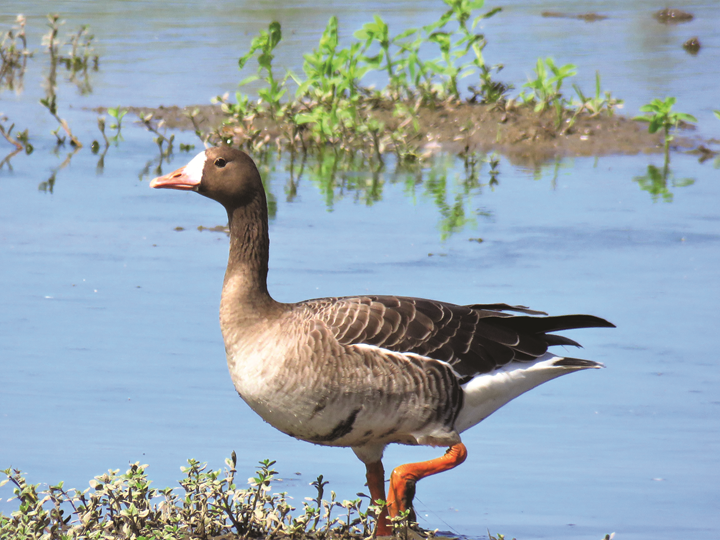
Originating from the grasslands in northern Siberia, Greater White-fronted Geese are rare but precious guests in Taipei in autumn. The most important features of the birds are their pink beaks and white foreheads between their mouth and eyes. Taipei Geese Protected Area (台北市野雁保護區) in Wanhua (萬華) is the most recent place where they were spotted in the city in 2021.
Brown Shrike 紅尾伯勞
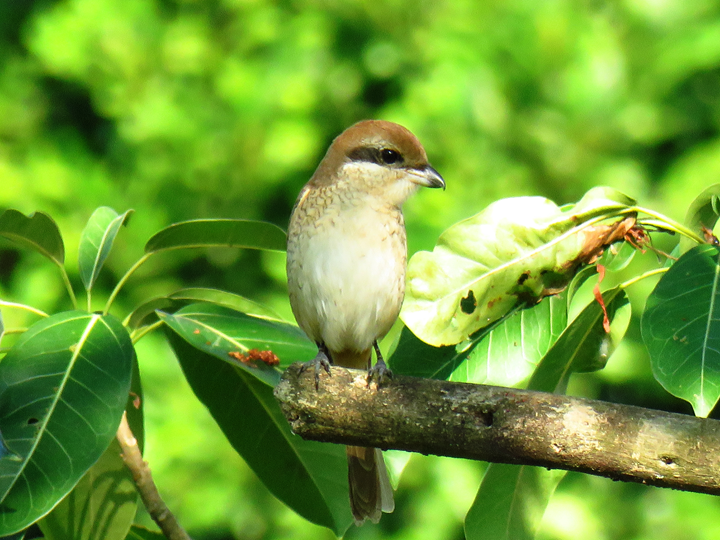
Small but fierce, Brown Shrikes are known for their speedy hunting skills, targeting small creatures like mice and insects. The black feathers around their eyes stand out from their brown and red plumage, making them look like the masked Daredevil. Brown Shrikes like to perch on the treetops, which makes them an easy spot if you’re in riverside parks in autumn in Taipei.
Oriental Dollarbird 佛法僧
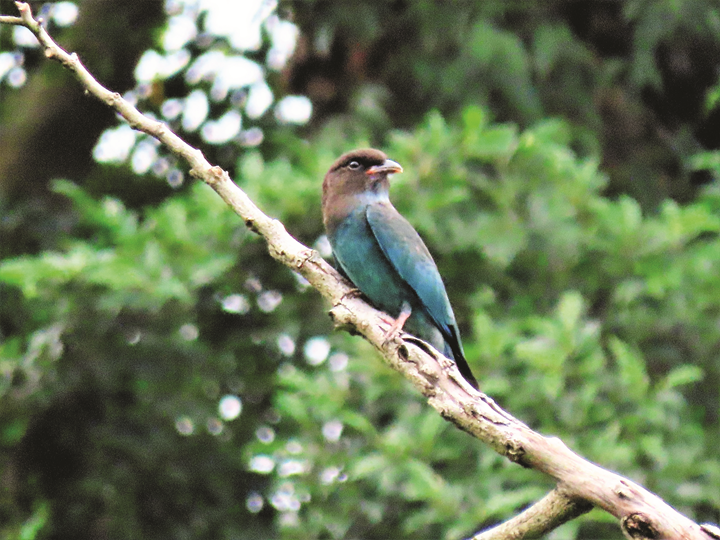
Even with a name in Mandarin that means “Buddha, dharma and sangha,” Oriental Dollarbirds actually have no place in Buddhist scriptures. The name comes from their distinguishing tweedle that seems to say “but, po, so,” which sounds like a recitation of the Triratna. These beauties have gradient bodies that transit from black to blue to emerald. They prefer open wooded areas such as the mountains in Beitou to build their nests in.
Endemic Species
Ring-necked Pheasant 環頸雉
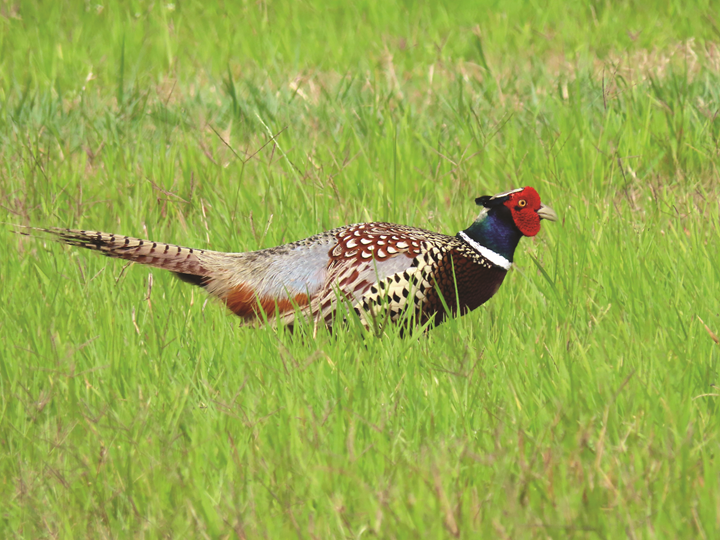
Male Ring-necked Pheasants are characterized by a circle of white feathers on their necks that looks like a collar and the red skin on their face. Living on the plains, they are also known as the “pearl of the grasslands.” Try your luck in Guandu Nature Park if you want to see a Ring-necked Pheasant in Taipei.
Mikado Pheasant 帝雉
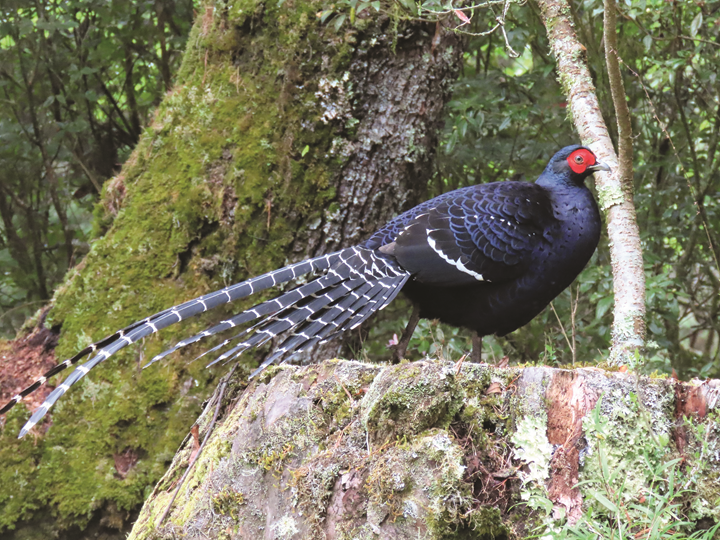
A symbolic animal of Taiwan, the Mikado Pheasant (about 75-90cm in length) is the largest endemic bird species in the country. Males have a body of dark purple-blue plumage with horizontal white bands on their long tails. They prefer high-altitude habitats such as Daxueshan (大雪山) in central Taiwan and Alishan (阿里山) in the south, while Yangmingshan might be your best shot in Taipei. If not, check your New Taiwan thousand-dollar-bill, and you will find a couple!
Swinhoe’s Pheasant 藍腹鷴
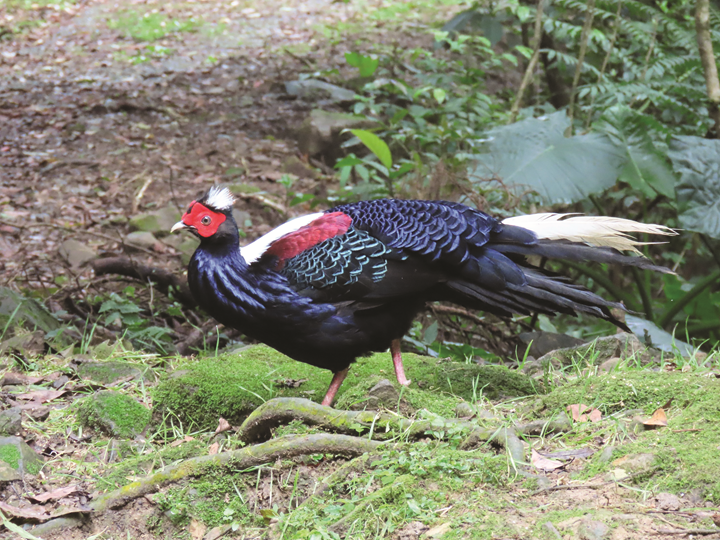
Similar to the Mikado Pheasant, Swinhoe’s Pheasant (about 60-80cm in length) is also a big, blue bird. However, their white crest, red wattles and red legs distinguish them from Mikado Pheasants. In recent years, Swinhoe’s Pheasants have been spotted in suburban forests such as Xiangshan (象山) and mountains in Nangang (南港) thanks to successful ecological restoration projects.
Where to Enjoy Birdwatching in Taipei
Guandu Nature Park 關渡自然公園
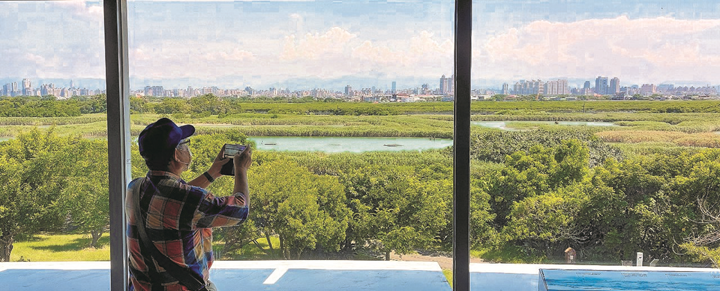
Sitting at the junction of the Tamsui (淡水河) and Keelung Rivers (基隆河), Guandu Nature Park is one of the largest habitats for migrating birds in Taipei. With abundant grasslands and wetlands, over 300 species of birds have been recorded in the park, including Black-faced Spoonbills, Crested Serpent Eagles (大冠鷲), and more. The park also provides regular birdwatching tours on weekends. In addition, Taipei International Birdwatching Fair (台北國際賞鳥博覽會) takes place here every year. In 2022, it will be held from November 5th to November 6th, including a series of activities such as a creative market and a birding workshop.
▶️ Click here to visit the Guandu Nature Park Website
Huajiang Wild Duck Nature Park 華江雁鴨自然公園
With 28 hectares of space, Huajiang Wild Duck Nature Park is where the Dahan River (大漢溪) meets the Xindian River (新店溪), creating a muddy wetland landscape with abundant food sources that is perfect for waterbirds. Commonly spotted here are Eurasian Teals (小水鴨), Mallards (綠頭鴨), Great Egrets (大白鷺), Spot-billed Ducks (花嘴鴨) and Gray Herons (蒼鷺).
Taipei Botanical Garden 台北植物園
Taipei Botanical Garden is home to many resident birds, such as Black-crowned Night Herons (夜鷺), Malayan Night Herons (黑冠麻鷺), and Light-vented Bulbuls (白頭翁). As there’s a lotus pond on the premises, waterbirds like Little Egrets (小白鷺) and Common Moorhens (紅冠水雞) are often found in the garden as well.
Daan Park 大安森林公園
Daan Park, known as the “lungs of Taipei,” is the most accessible birdwatching spot in the city. Most afternoons, you can see tons of birdwatchers decked out in their camouflage shirts, quietly waiting for the Taiwan Barbets (五色鳥) on the trees to tweet their midday song. On the other side of the park, bold Crested Mynas (八哥) and Pigeons are twittering away, enjoying the day as people nearby enjoy their picnic.
Yangmingshan 陽明山
Yangmingshan National Park (陽明山國家公園) is not only a perfect place for birdwatching, but a top attraction in Taipei in its own right. If this is your first visit, narrow down your areas of exploration to Datunshan (大屯山, Mt. Datun) and Miantianshan (面天山, Mt. Miantian), as the vegetation combines broadleaf forests, miscanthus and bamboo, making it a very biodiverse region. While Chinese Bamboo Partridges (竹雞) and Chinese White-eye (綠繡眼) are regular residents in the national park, you may also find Taiwan Blue Magpies (台灣藍鵲) or Collared Scops Owls (領角鴞) if you’re lucky!
Author AYCC
Photographer Cheng-cai Chiu, Yengping
This article is reproduced under the permission of TAIPEI. Original content can be found on the website of Taipei Travel Net (www.travel.taipei/en).

